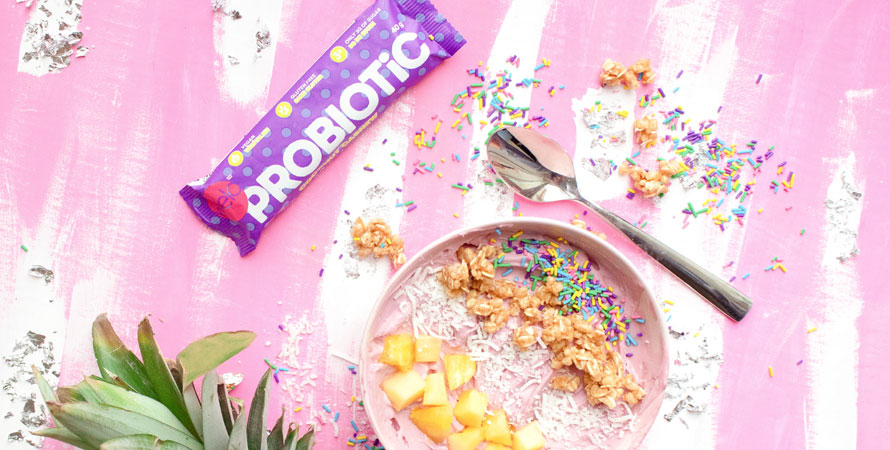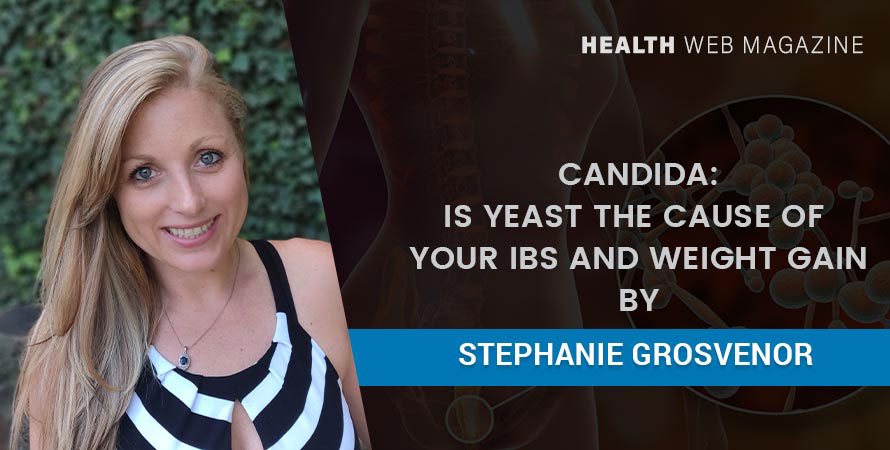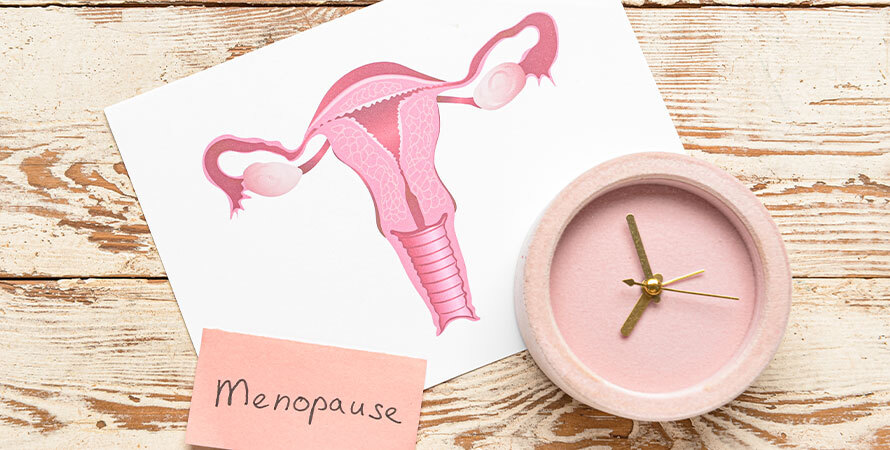I speak to women all that time that either has or knows someone who is dealing with a digestive disorder. Abdominal pain, gas, bloating, constipation and diarrhea have become common, everyday occurrences for many. Our lives are busy. Working, looking after family, running a household, there is always so much going on. Often we have been dealing with these symptoms for so long that we have accepted it as our normal and haven’t done too much to bring our bodies back into balance and get rid of these painful and often embarrassing symptoms.
What many women don’t realize is that these symptoms could be a sign that you are dealing with an internal yeast infection known as Candida Albicans. This is something I personally dealt with for 8 years and I know how drastically it can affect your quality of life. I wish this information was available to me at the start of my healing journey as it would have answered a lot of questions my doctors couldn’t regarding my ‘mystery symptoms’.
Many factors play a role in the development of candida from daily stress to birth control. The problems that women encounter due to candid vary so dramatically, it can often be easy to miss diagnose the problem. These can range from digestive issues to depression due to toxic byproducts released that travel through the body.
Over 70% of infections occur in women. This is due because Candida likes to feed off progesterone & will therefore block estrogen receptors because lower estrogen levels create higher progesterone levels. So, by creating low estrogen levels in your body, candida causes progesterone levels to elevate, providing more and more fuel for itself. This reaction results in a disruption of our hormonal system and is the reason candida is more common in women than men.
If you experience regular UTI’s or vaginal yeast infections, this is a telltale sign that you may be struggling with a bad case of candida and is a good idea to get onto an anti-candida food plan or speak with your doctor about getting tested.
Some of the Most Common Factors That Can Lead to Candida Overgrowth Are:
- The use of antibiotics
- A diet high in sugar and refined carbs
- Oral contraceptives
- Excessive alcohol intake
- Weakened immune system
- Diabetes
- High levels of stress
- Infections due to surgery (Uncommon but possible)
- Autoimmune disease

Signs and Symptoms
Candida symptoms vary from person to person but here are some of the most common signs you may be dealing with a candid overgrowth
- Oral thrush – white coating on your tongue as well as white spots on the inside of your cheek. These thrush sores can even spread down the esophagus if not treated making it painful to eat and drink
- Tiredness and fatigue – Candida interfere with the absorption of nutrients in or small intestine, creating deficiencies in essential nutrients needed for energy production such as iron, fatty acids, magnesium and B vitamins.
- Digestive distress – Low level inflammation can cause candida to flourish. This prevents damaged gut lining from healing which in turn creates more inflammation and so the cycle continues. Candida infections have also been associated with GI diseases such as Crohn’s Disease and Ulcerative Colitis. IBS symptoms like gas, bloating, abdominal pain and alternating between constipation and diarrhea are common symptoms
- Mucous in stools – Excessive inflammation caused by overgrowth can result in mucus in the stool
- Increased food sensitivities and environmental allergies – As mentioned, candida affects the lining of our gut wall, causing it to become more permeable therefore allowing toxins to seep through from our colon into the blood stream. This puts our immune system on high alert, increasing inflammation and the release of histamine. When we have elevated level of histamine it causes allergic type reactions to food, toxins, and environmental factors
- Sugar & carb cravings – Our gut microbes can drastically influence our cravings and food choices. Candida loves sugar which is its preferred fuels source. The more candida you have, the more intense your cravings will be for sugar and simple carbohydrates
- Recurring genital yeast infections or urinary tract infections (UTI’s) – This can occur in men as well but is less common. This causes the vaginal area to become red, swollen, itchy and sensitive. This can be frustrating and painful and should be taken care of immediately. Antifungal creams and ointments may need to be used.
- Skin problems – Aside from acne, Candida infections of the skin often occur in warm, moist areas of the body such as armpits, groin, and under the breasts. It appears as red, swollen, itchy rashes and can develop into blisters. In severe cases this can lead to eczema or even psoriasis.
- Chronic sinus infections (Lasting more than a month) – This happens due to excessive histamine release and mucus build up.
- A struggle to lose weight even when eating a balanced diet
- Mental issues – Mood disorders such as irritability, mood swings, anxiety and depression are common as well as difficulty in concentration and focus (brain fog) or even ADHA
- Joint pain – Toxins produced by candida escape the colon and travel to our muscles and joint via the blood stream
Natural Treatments for Candida
The best way to prevent candida overgrowth is through dietary choices. Ensuring your diet is high in fiber and prebiotics and low in refined sugars and simple carbohydrates such as cakes, cookies, white bread, etc. This will help keep the pH of the vagina area in balance which will prevent yeast growth leading to painful infections.
When treating Candida infection, I like to follow a 3 step protocol:
Step 1 – Adjusting your diet
Certain foods that feed candida need to be temporarily removed, such as
- Sugar
- Alcohol
- Caffeine
- Fermented foods
- Fruits high in sugar
- Refined carbs like bread, pasta,
- Gluten

Foods to include that help combat candida overgrowth are:
- Onions – Prebiotic food
- Garlic – contains allicin which is antifungal and antimicrobial
- Leafy Greens – High in zinc
- Foods rich in Vitamin C
- A variety of nuts and seeds
- Prebiotic foods – such as artichoke, radish, tomatoes, etc.
- Coconut oil – High in Lauric Acid which fights candida
- Turmeric/Curcumin – Anti-inflammatory and prevents the growth of further candida
- Xylitol – Used in moderation, it has been shown in studies to reduce candida’s ability to stick to internal surfaces
- Aloe vera: Soothes digestive tract and prevents further growth of candida
- Pomegranate: Compounds contained in pomegranates can help fight against yeast
- Kombucha – Rich in tea polyphenols and acetic acid, both of which have been shown to kill Candida. *
* Fermented foods such as kombucha, sauerkraut, kimchi, etc. are effective in rebalancing the gut however these should only be taken a couple weeks into treatment once some of the candida has been destroyed. These fermented foods feed the good bacteria however it is possible they can influence the growth of candida in early stages of treatment.
Step 2 – Supplement
There are natural supplements that can help kill candida and boost the immune system such as:
- Olive Leaf extract
- Wormwood
- Oil of oregano
- Caprylic Acid
- Curcumin
Always consult your doctor before starting any herbal treatment or supplementation.
Step 3: Repopulate the gut
It is vital to repopulate the gut with good bacteria to prevent Candida from returning. Taking a high-quality probiotic containing at least 100 Billion CFU will help rebalance your guts microbiome. A probiotic strain of Lactobacillus has been shown to reduce Candida infections. You can learn more about how to choose the right probiotic here.

How to test for Candida
The most effective testing for the presence of Candida is through stool analysis. If you suspect you are dealing with candida, ask your health care practitioner to order a Comprehensive Stool Test. This will pick up exact levels of candida and what species you are dealing with. This will help to customize your treatment protocol. Alternatively, candida can be picked up through blood work. Blood tests check for IgG, IgA and IgM candida antibodies in your blood. These tests can be performed at most labs and high levels of these antibodies indicate that there is the presence of candida somewhere in the body.
I have learnt a lot through my own struggle in combatting Candida and can personally relate to the symptoms you experience and how it effects your overall quality of life. As women, we need to learn to first take care of ourselves in order to fully show up as best we can to look after our families and the ones we love.
If you suspect you may be dealing with Candida or have struggled to combat this in the past, reach out to me and together we can co-create an action plan to help you overcome this frustrating and painful infection and work towards regaining your health and quality of life.









